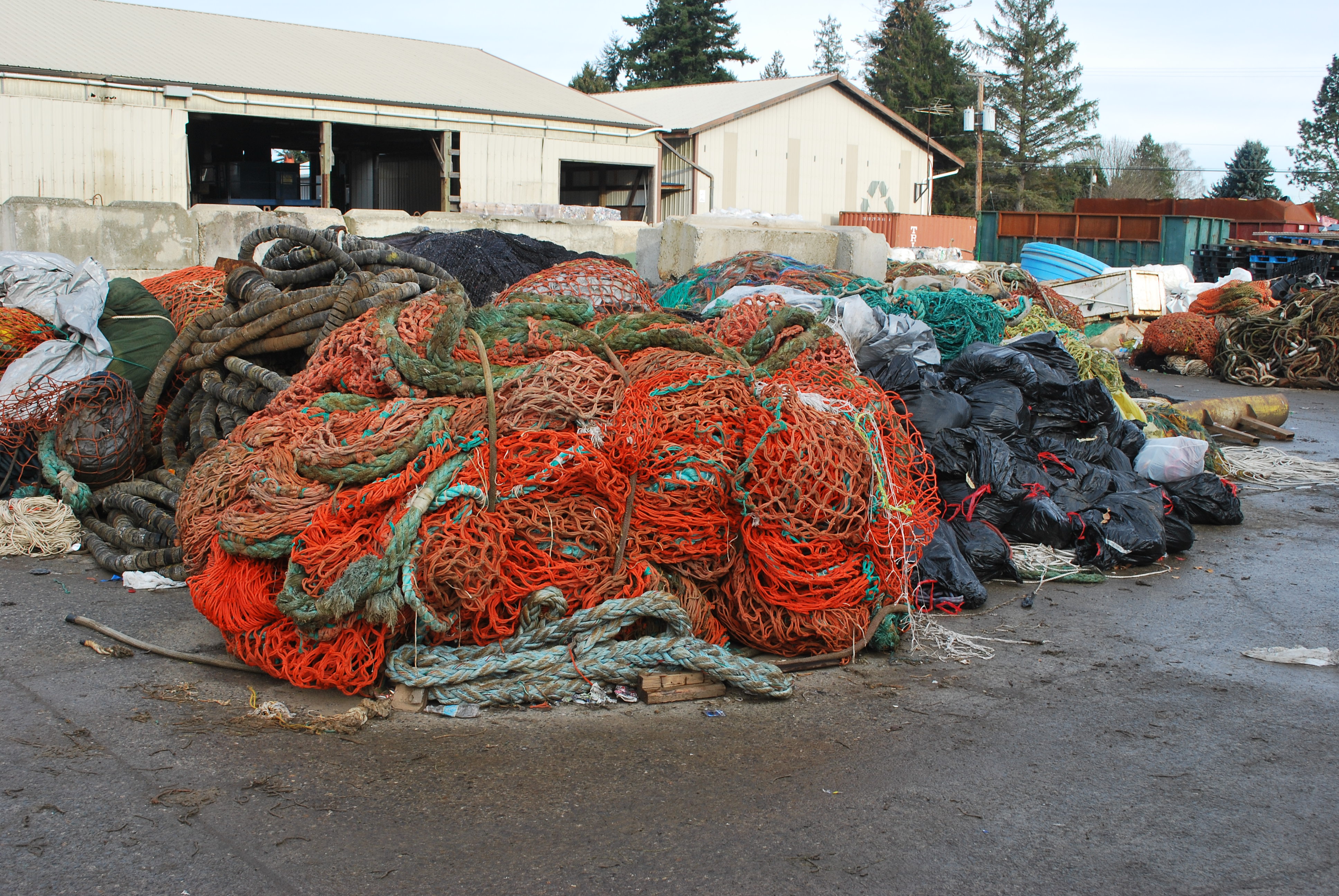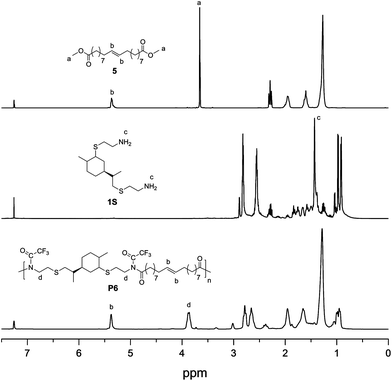Nylon Pool is an in-sea shallow white ground coral pool that is located off Pigeon Point, Tobago, and is accessible by boat.Its name is derived from its resemblance to a swimming pool.It is close to the Buccoo Reef, a protected area full of coral reefs.It was named by Princess Margaret in 1962. It is also one of Triniman and Tobago’s most …


Ingredients to avoid It is scary to find out what is commonly found in food, toiletries, and common household items! When it comes to most people, it seems that they don’t want to know or even think about what they are really eating or …

PA 6 and PA 6.6 nylon filament yarns and flock fibers for textile and industrial applications from Swicofil. Specialized in flat, POY, …

Almost warp knitting fabric used Polyester and Nylon fiber for the raw material,following is the characteristics of Polyester and Nylon Fiber.
Geometric Sculpture George W. Hart . As a sculptor of constructive geometric forms, my work deals with patterns and relationships derived from classical ideals of …



INVISTA Small-Lot Solution Dyed Nylon 6,6 Fiber Technology Upgrades Near Full Scale Launch Phase. May 3, 2018. CAMDEN, SC — INVISTA announced today that its $30-million expansion in small-lot equipment specifically for solution-dyed nylon …
Nylon: Nylon, any synthetic plastic material composed of polyamides of high molecular weight and usually, but not always, manufactured as a fibre. Nylons were developed in the 1930s by a research team headed by an American chemist, Wallace H. Carothers, working for E.I. du Pont de Nemours & Company. The
Nylon is a high-performance technical polymer that was developed in 1942. Derived from a series of complex chemical operations, Nylon (Rilsan nylon 11®) is one of the few polymers produced from a ‘green’ raw material – Castor Beans.
Nylon is a well-known synthetic polymer (derived from the Greek words ’poly’ meaning ’many’ and ’meros’ meaning ’parts’). It was invented by Wallace Carothers, and first brought to the public’s attention in October 1938.


Polyester is a synthetic fiber derived from coal, air, water, and petroleum. Developed in a 20th-century laboratory, polyester fibers are formed from a chemical reaction between an acid and alcohol.

Recent Comments